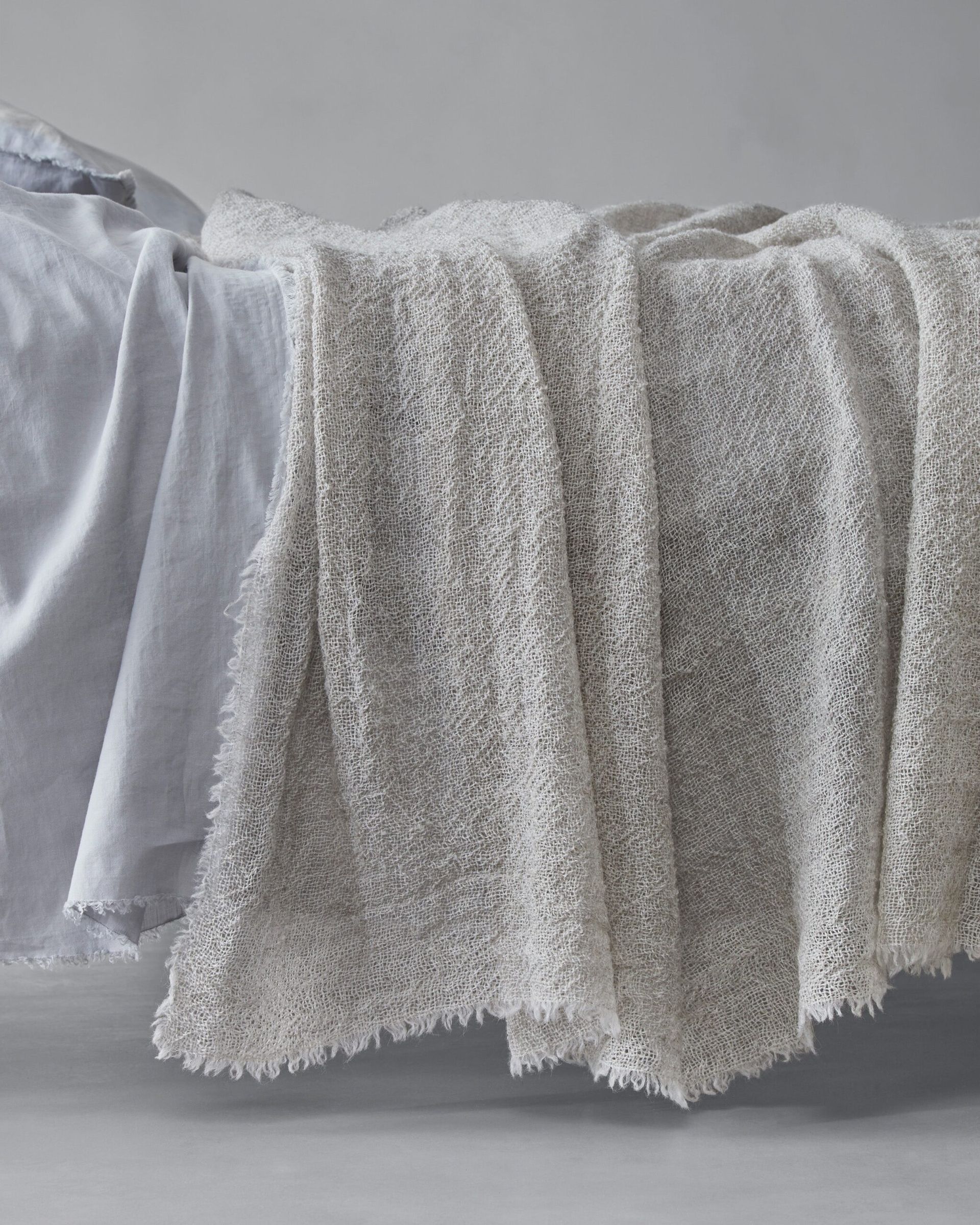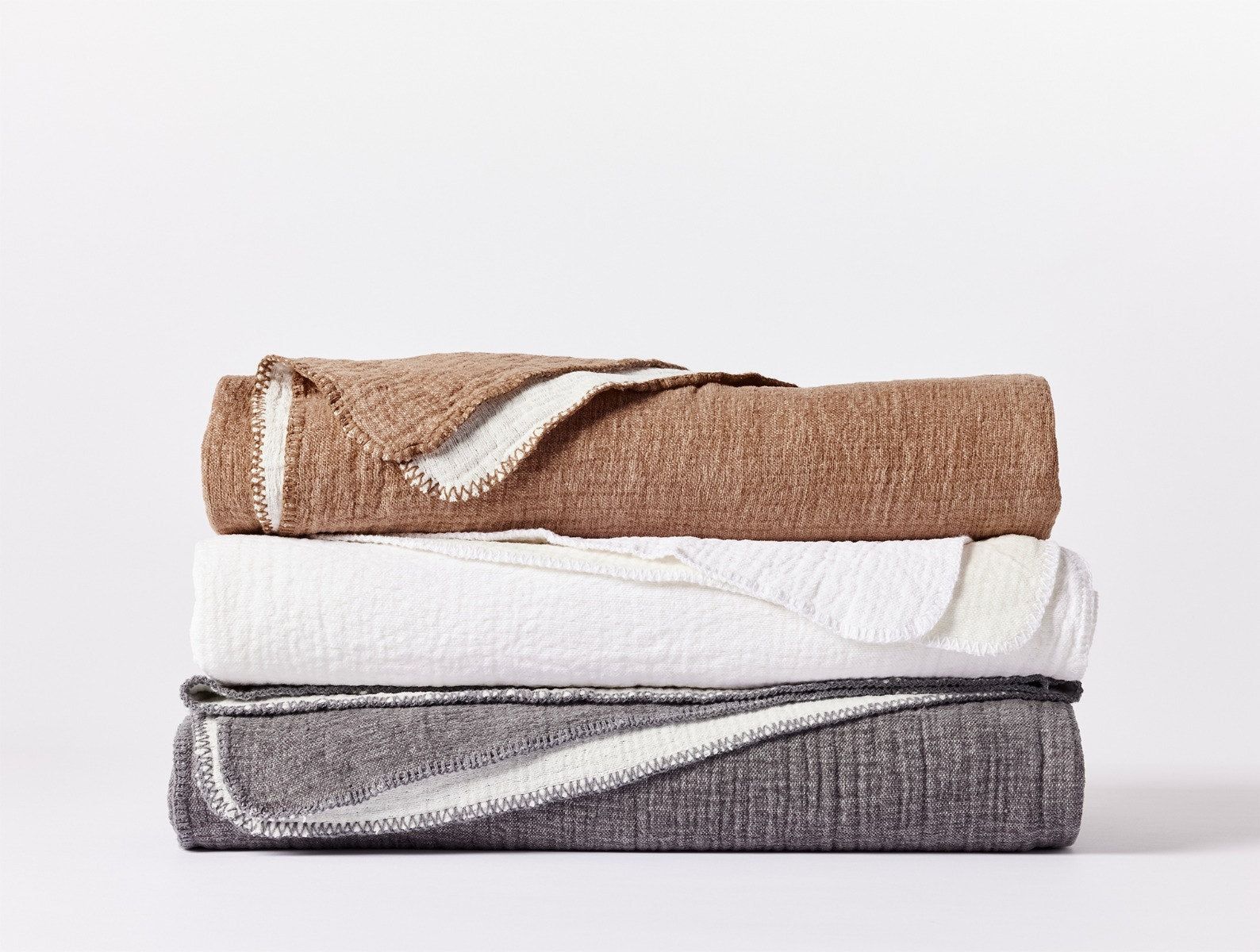The Psychological Benefits of Snuggling Under a Blanket
Exploring the psychological advantages of using blankets for comfort and emotional well-being, this article delves into how snuggling can enhance feelings of safety and reduce stress. From childhood memories to adult rituals, blankets play a pivotal role in our mental health.
Understanding the connection between tactile experiences and emotional responses can help us appreciate the simple act of wrapping ourselves in a blanket. This piece will discuss various studies that highlight the calming effects of blankets and how they can serve as tools for self-care in our daily lives.
The Comfort of Blankets: A Historical Perspective
Throughout history, blankets have served not just a practical purpose but a deeply psychological one. They have provided warmth and comfort, acting as a barrier from the harshness of the outside world. In ancient cultures, such as those of the Native Americans, blankets were often made from animal hides and were considered sacred. They were used not only for warmth but as a means to offer protection and comfort during rituals and in daily life.
In the 19th century, the industrial revolution brought about a surge in textile production, leading to the proliferation of blankets made from new materials like wool and cotton. The introduction of these materials marked a significant shift in how people experienced comfort at home. The Victorian era, in particular, saw a rise in the use of elaborate quilts and throws that added both aesthetic value and tactile comfort to living spaces.
The Psychological Underpinnings of Comfort
Modern psychology supports the idea that physical comfort can translate to emotional security. When we wrap ourselves in a blanket, our bodies often respond with a sense of safety reminiscent of being swaddled as infants. This response is not merely anecdotal; studies in the field of psychology have shown that tactile experiences can significantly impact our emotional states.
One key study conducted by researchers at the University of California, Los Angeles, found that participants who used weighted blankets reported lower levels of anxiety. The deep pressure stimulation provided by these blankets has been shown to increase levels of serotonin, a neurotransmitter that contributes to feelings of happiness and relaxation. This physiological response underscores the profound connection between our bodies and our psychological states.
Key Figures and Their Relationship with Comfort
1. Sigmund Freud: The Comfort of the Familiar
Freud’s theories on the unconscious mind suggest that our early experiences shape our adult behaviors. He posited that feelings of safety and comfort in childhood are vital for a healthy psyche. For Freud, the act of snuggling under a blanket could symbolize a return to a state of innocence and protection, a theme prevalent in his exploration of childhood traumas and their lasting impacts.
2. John Bowlby: Attachment Theory and Security
John Bowlby, a British psychologist, developed attachment theory, which outlines the importance of secure relationships in childhood development. He argued that children who feel secure tend to develop healthier relationships later in life. The act of snuggling under a blanket can be seen as a metaphorical extension of the secure base provided by caregivers, offering emotional reassurance and stability.
3. Brené Brown: The Power of Vulnerability
Modern-day thought leader Brené Brown emphasizes the significance of vulnerability in human connection. In her work, she discusses how embracing vulnerability can lead to deeper emotional connections. Snuggling under a blanket can serve as a safe space where individuals can allow themselves to be vulnerable, reflecting the importance of emotional safety in fostering connections with others.
The Role of Blankets in Self-Care Practices
In contemporary society, the concept of self-care has gained traction as a vital aspect of maintaining mental well-being. Blankets, in their various forms, have become synonymous with self-care rituals. Whether it's curling up with a favorite book or binge-watching a beloved series, the act of enveloping oneself in a cozy blanket enhances the experience, allowing for a deeper sense of relaxation and comfort.
For instance, the Society Limonta Multi Throw Blanket exemplifies the perfect blend of luxury and comfort. Made from 100% alpaca bouclé, this blanket offers a soft, wool-like texture that is both inviting and warm, making it an ideal companion for moments of relaxation. Available in a range of colors, it not only serves a practical function but also enhances the aesthetic of any space.
Society Limonta Multi Throw Blanket
This cozy and soft blanket is perfect for adding warmth to your bed or snuggling up on the sofa during cold months. Its lightweight design offers comfort and style, whether on the bed or the sofa. It reflects Society Limonta's signature approach to blending fibers and colors, resulting in a versatile and innovative design.
Details: 100% Alpaca Wool, Slight Fringe, Available in Five Colors.
Dimensions: 51" x 70"

Cultivating Mindfulness Through Comfort
In the quest for mindfulness, the act of snuggling under a blanket can serve as a powerful ritual. By consciously engaging in the act of wrapping oneself in comfort, individuals can cultivate a space for reflection and tranquility. This simple yet profound act allows for a moment of pause in our fast-paced lives.
Mindfulness practices often emphasize the importance of grounding oneself in the present moment. The tactile sensations provided by a blanket can aid in this process, serving as a reminder to focus on the here and now. Whether it’s the texture of the fabric or the warmth enveloping the body, these sensations can anchor individuals, helping them navigate the complexities of daily life.
Conclusion: The Therapeutic Power of Blankets
Ultimately, the psychological benefits of snuggling under a blanket extend far beyond mere comfort. They tap into deep-seated human needs for security, connection, and emotional well-being. As we navigate the complexities of modern life, the simple act of wrapping ourselves in a blanket can serve as a powerful tool for self-care, reminding us to prioritize our mental health.
In a world that often feels chaotic and overwhelming, letting ourselves experience the warmth and comfort of a blanket can be a small yet significant step towards nurturing our emotional well-being.


